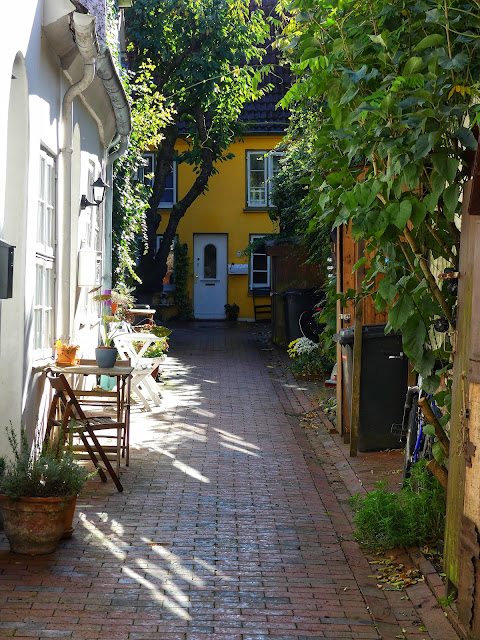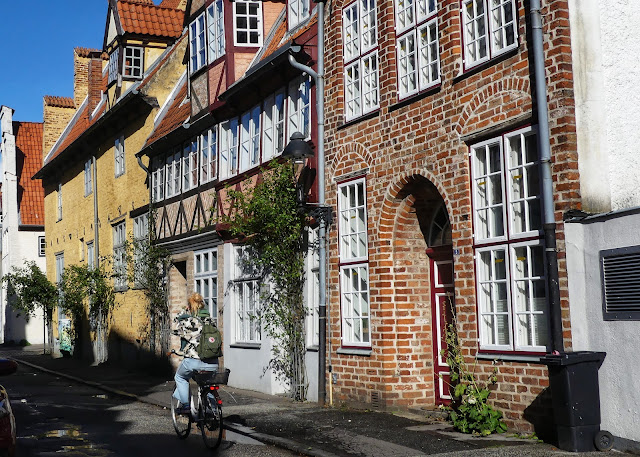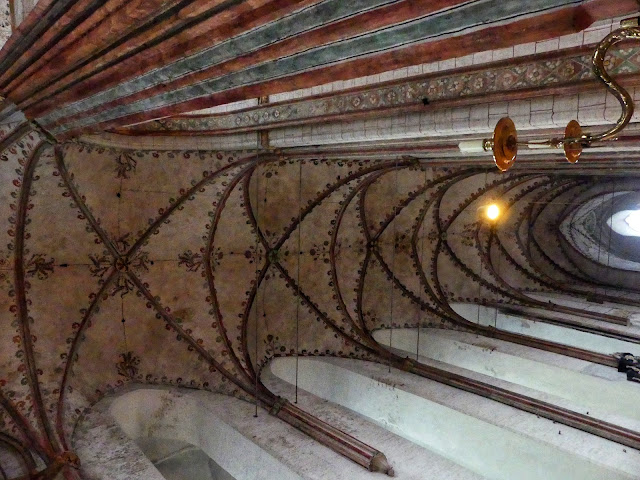This is a special post, as I was lucky enough, along with a few others, to spend 6 months in this city as an exchange student, when I was in high school. While I am sure other cities where students were had their own amazing features, this city is particularly special. The city center is surrounded by water, and is a UNESCO World Heritage Site. There are 7 church towers, each church serving a specific population in the Middle Ages (seafarers/fishermen, workmen, and so forth). In the 1200’s, Emperor Friedrich II changed the status of the city to an Imperial free city, paving the way for the creation of the Hanseatic League, and Lübeck was the largest and most powerful member.
This created a city with a fair amount of wealth and power, and the architectural features of the city tell part of that story. I love how you can look at a building and see the changes in the styles of architecture over the centuries. We walked all over the city (Thomas, Florian, Karen and I) and one place to really see this was the school of music, where the additions are a great example.
There are numerous narrow passage ways leading to little courtyard neighborhoods. Thomas told us the only requirement for the size of the passageways was that they be wide enough to allow the passage of a corpse in a shroud. And some were pretty short and narrow.
During WWII, this city was the first to really suffer from bombing, and the firestorm on Easter of 1942 desaturated 3 of the main churches. I may have learned this when I was here in 1980, but it didn’t really sink in until this time. We could see a big piece of this history in looking at the Marienkirche and the Jacobikirche. The first was firebombed and seriously damaged. They had to take iron posts from the submarines to support the walls to keep them from falling in. The restoration is beautiful, but the bells have been preserved where they fell, as a memorial. The Jacobikirche was left intact. This is most notable in that there was no fire, so the amazing woodwork in the charge is intact, in all is baroque glory.













Comments
Post a Comment